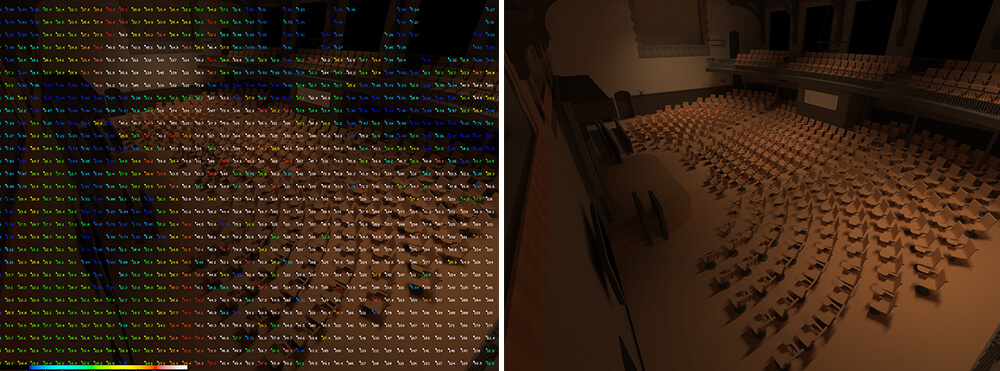Imagine you are walking through your new building for the first time. Ambient lighting illuminates the space, while decorative accents bring home the mood you were hoping to achieve. As you notice how the light supports the architecture and works with the geometry within the room, you envision how visitors will feel here. It’s an exciting moment, knowing the design team has brought your vision to life.
In truth, construction has not yet begun. But with the help of three-dimensional rendering and virtual reality (VR) technology, designers and their clients can visualize a space as if the project was in a later stage.
One of the core strengths of using 3D rendering and VR when visualizing light is the ability to offer visual insight into how a lighting design will work within a project. Emphasizing the importance of human-centric lighting – which focuses on the impact of light and ways electric light can benefit people – these technologies can more clearly show how a lighting system will look and feel once installed. It’s a step beyond having a solely technical discussion of expectations for a lighting design, which is helpful both for the design team and the client.
More than Just Pretty Pictures: Lifelike Images with Photometrically Accurate Lighting Design
While basic computer-aided design (CAD) drawings are necessary in providing a measured drawing of the lighting design within a space, 3D rendering software uses the same files that make lighting calculations. The result is a photometrically accurate, three-dimensional space that translates the message of a flat line CAD drawing. These lifelike images better communicate the lighting design, helping to ensure that the client and design team understand how lighting will work as a critical part of the overall design.
Numerous Benefits of VR and 3D Through all Design Stages
Benefits of using 3D renderings and VR technology on your next project include:
- Using realistic images to communicate the lighting design concept, ensuring a strong shared understanding between the client and design team
- Identifying potential issues and conflicts with materials while still in the design phase
- Identifying how lighting will interact and impact architecture
- Understanding how the lighting system will interact with surrounding buildings, landscapes, and natural light
When exploring unique approaches or new technology, VR can help a design team compare possible solutions. Recently, when exploring circadian lighting designs for a healthcare client, The Lighting Practice demonstrated two models in VR. One model incorporated a more traditional approach to lighting, while the other portrayed the circadian design the team was proposing. The comparison allowed the architect and client to virtually walk through the space, experiencing how it would feel in real life. This process encouraged the design team that they were moving in the correct direction, and it increased the client’s confidence in the proposed solution.
Since the advent of the smartphone, we now take and share photos on a daily basis. Using this universal visual language, 3D renderings and VR can help communicate, refine, and develop expectations for a lighting design – long before it’s a reality.
*Lighting Lesson by William Eatough, former Lighting Designer with The Lighting Practice





